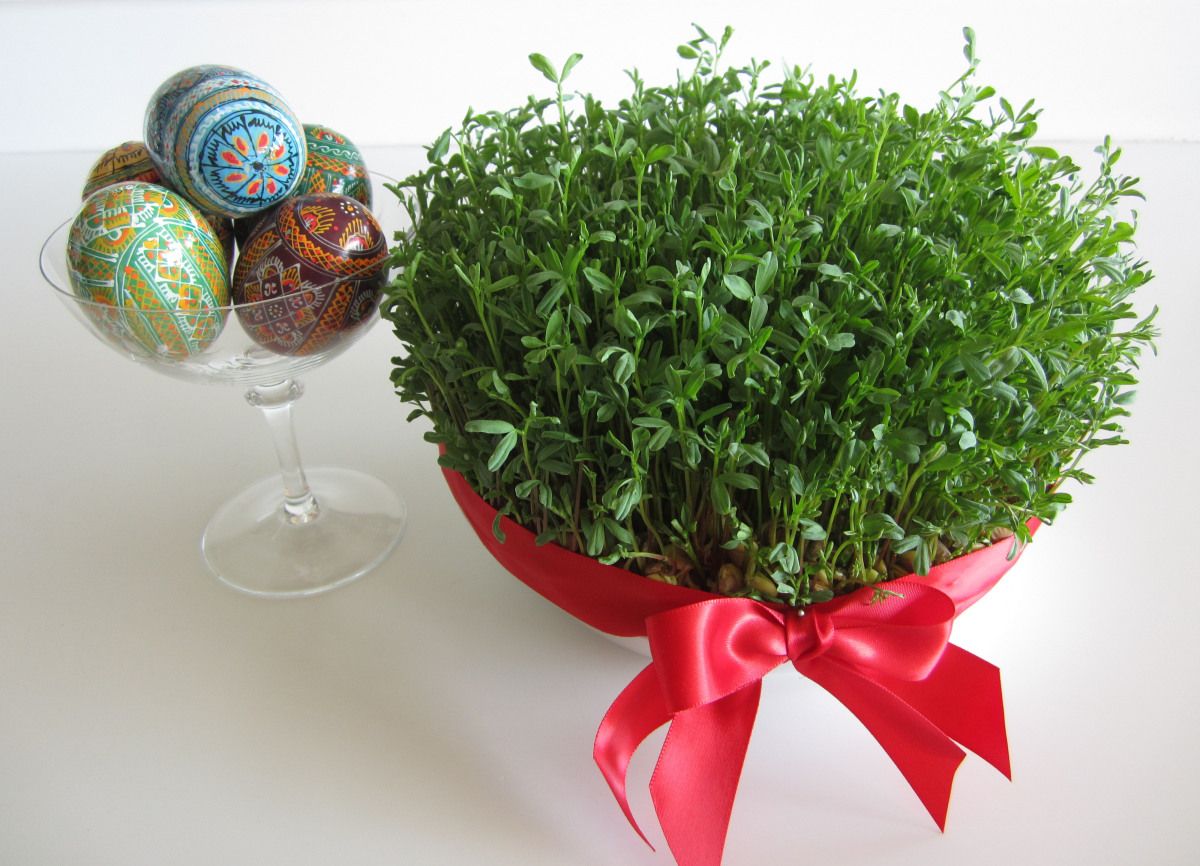Naw-Rúz, the Bahá’í New Year, encapsulates a profound celebration reflecting spiritual renewal and the rejuvenation of the human spirit. This significant event occurs on the vernal equinox, symbolizing the convergence of time and the potential for rebirth. The observance of Naw-Rúz is not merely a cultural festivity; it embodies a deeper existential inquiry into the essence of life and the cyclical nature of existence.
The very etymology of Naw-Rúz, which translates to “New Day,” hints at an underlying philosophy that transcends the mere marking of time. The Bahá’í teachings promote an understanding of time not as a linear progression, but rather as an opportunity for continuous growth and transformation. This perspective invites adherents to reflect on their lives, examine past experiences, and cultivate aspirations for the horizon ahead.
Historically, Naw-Rúz has roots that permeate various cultures, notably within Persian traditions. Its integration into the Bahá’í calendar signifies the collaborative spirit of humanity where diverse cultural heritages converge. This celebration transcends ethnic and national identities, thereby fostering a sense of unity among Bahá’ís around the globe. The practice embodies the Bahá’í principle of the oneness of humanity, demonstrating that communal celebrations can cultivate harmony and mutual respect.
As one delves deeper into the significance of Naw-Rúz, it is crucial to note the spiritual undertones associated with this festival. The Bahá’í teachings emphasize a period of fasting which precedes the celebration—an exercise designed to heighten spiritual awareness and self-discipline. This fast serves not only as a physical preparation but as a metaphorical cleansing of the soul, allowing individuals to enter a new year free of past burdens and predispositions.
During the Naw-Rúz festivities, traditional practices emerge, such as the Haft-Seen table, an arrangement of seven symbolic items, each beginning with the letter “S” in Persian. These items, which range from garlic to apples, epitomize various virtues and aspirations, serving as tangible reminders of the qualities individuals seek to cultivate in their lives during the upcoming year. This ritual underscores the Bahá’í focus on spirituality intertwined with daily existence, offering a republic of values that encourages personal reflection.
Furthermore, Naw-Rúz is underscored by the concept of rejuvenation—the unfurling of the buds of springtime serving as an analogy for personal and spiritual resurrection. The return of the sun, which heralds longer days and blossoming flora, serves as a backdrop for Bahá’ís to reconnect with the rhythms of nature. This connection engenders a profound appreciation for the environment, reinforcing the belief that humanity is intrinsically linked with the natural world. It encourages sustainable stewardship over the Earth and cultivates a sense of responsibility toward communal artwork—the shared planet we inhabit.
The day of Naw-Rúz is often marked by communal gatherings where prayers, music, and dance intersect to celebrate the beauty of existence. These gatherings are imbued with joy, yet they are also a time for reflection and supplication. The Bahá’í prayers recited during this time speak to the aspirations of the human soul, resonating deeply with the themes of unity and collective advancement. This collective prayer serves as a poignant reminder that individual spiritual journeys are intricately tied to the well-being of the broader community.
The social dimension of Naw-Rúz cannot be overstated. During this time, Bahá’ís are encouraged to extend acts of kindness and generosity toward one another, fostering a spirit of goodwill and camaraderie. Whether it is through the sharing of meals or the exchange of meaningful gifts, the essence of Naw-Rúz lies in strengthening bonds and enhancing interpersonal relationships. The call to service and benevolence is echoed in the teachings of Bahá’u’lláh, emphasizing that true happiness and fulfillment stem from selfless acts of devotion toward others.
In a world often riddled with disharmony, the celebration of Naw-Rúz serves as an antidote, offering not only a temporal respite but also a catalyst for individual and collective transformation. It calls for an awakening—a gentle nudge toward self-awareness and introspection amidst the chaos of daily life. The observance invites adherents to recommit themselves to the very principles that underpin the Bahá’í faith: love, justice, and unity.
In conclusion, Naw-Rúz is not solely a festive occasion marking the turn of a new calendar year. It is, at its core, a sophisticated interplay of spiritual significance, historical legacy, and communal bonding. Through the observance of this sacred day, Bahá’ís engage in a holistic approach to life—interpreting moments of joy, reflection, and service as integral to the unfolding narrative of the human experience. Ultimately, Naw-Rúz is a reminder that each new year presents us with a canvas—a chance to paint our lives with the colors of compassion, understanding, and unwavering hope.
